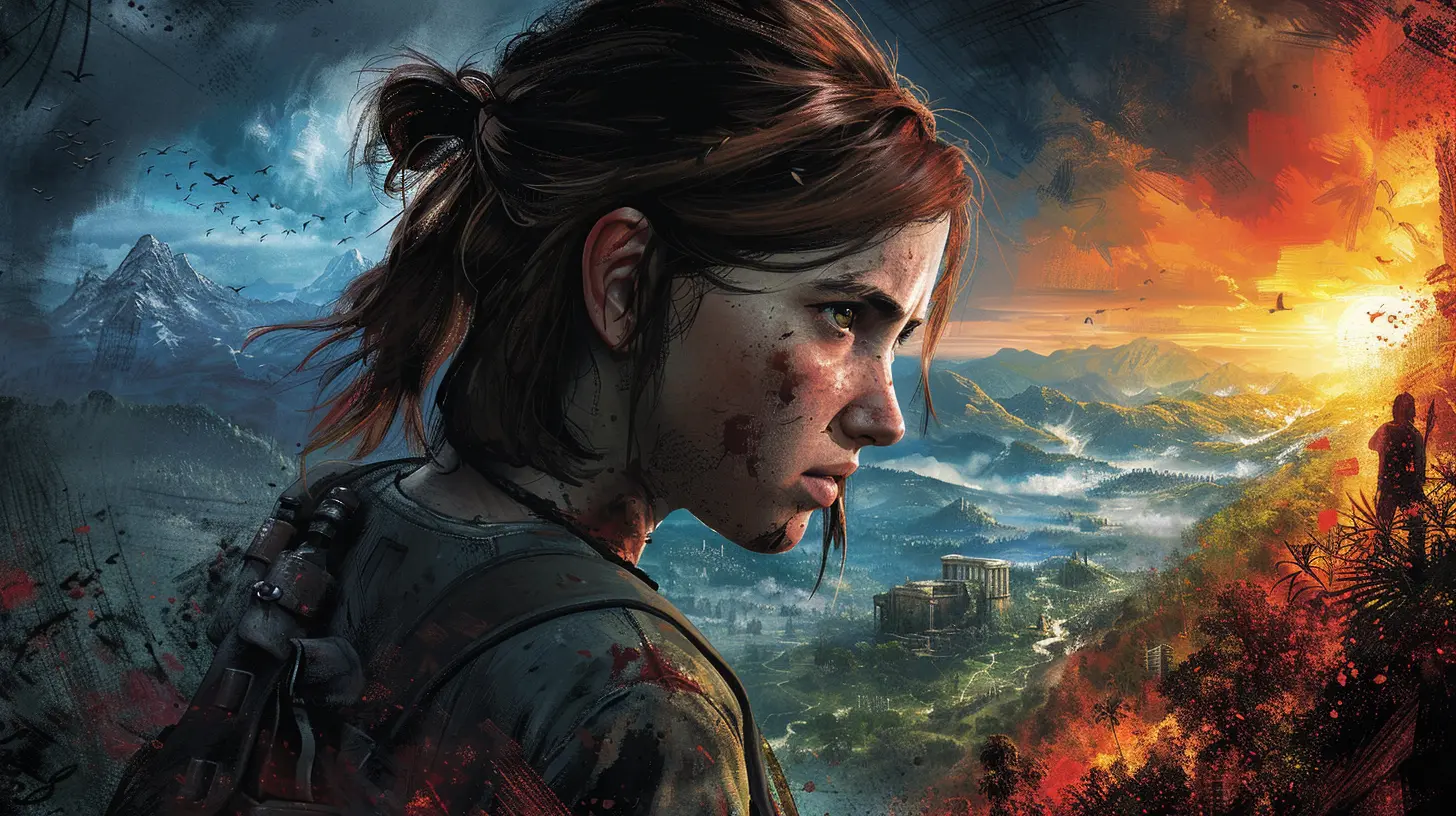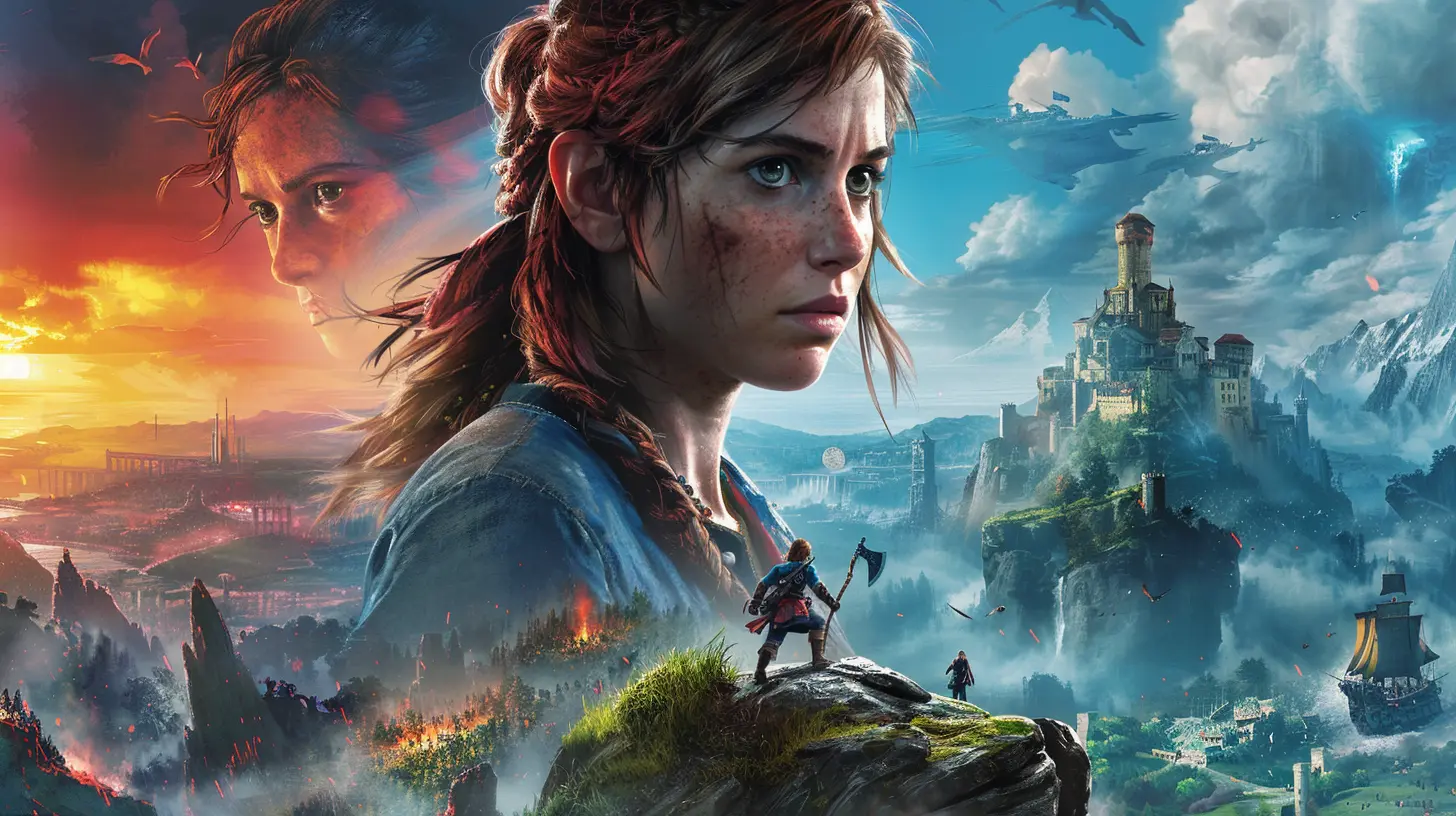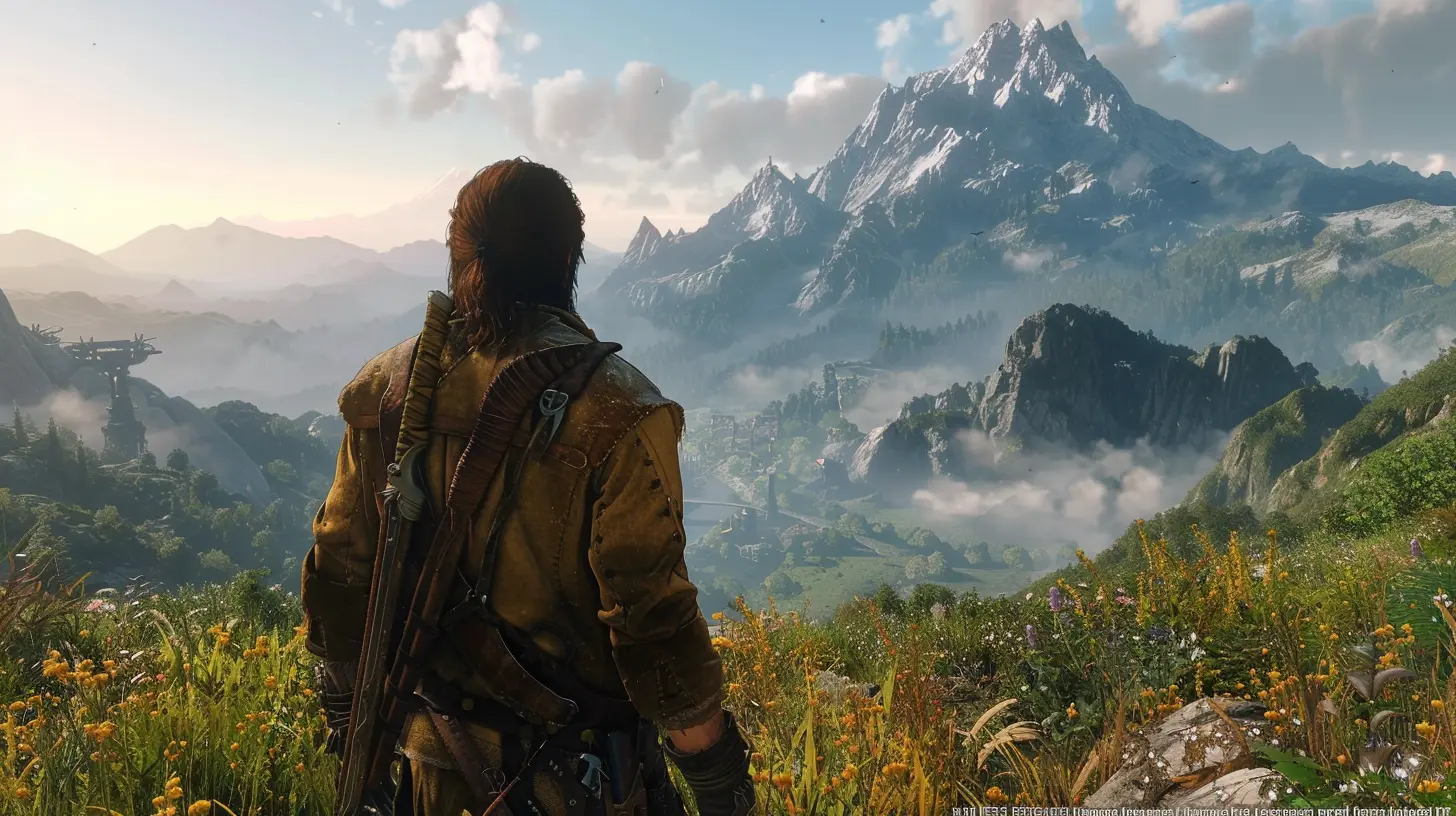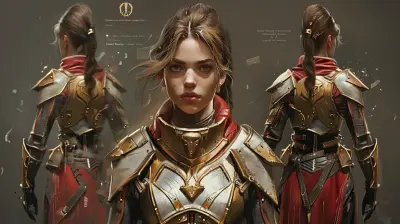The Evolution of Storytelling in PlayStation Exclusives
20 July 2025
Gaming has come a long way since the early days of pixelated characters bouncing across 2D screens. If you’ve been a PlayStation fan, you’ve likely noticed that its exclusives have steadily grown into full-blown cinematic experiences. What was once just about gameplay mechanics has transformed into something much bigger. Think about it: would you have imagined shedding tears over a video game ten years ago? Yet here we are.
So, how did we get from the simple storytelling of the late '90s to the jaw-dropping narratives we see in games like The Last of Us Part II or God of War (2018)? Let’s dive deep into the history, turning points, and reasons why storytelling in PlayStation exclusives continues to set the gold standard for gaming.
A Humble Start: Storytelling in the PS1 Era
Ah, the PlayStation 1—where it all began. Back then, storytelling was simpler yet absolutely groundbreaking for the time. Games like Final Fantasy VII and Metal Gear Solid gave us a taste of character-driven narratives, but let's not kid ourselves. These stories were often limited by the technology of the time.Take Final Fantasy VII as an example. Sure, it had polygons that would make you cringe by today’s standards, but those blocky characters made players feel something. Cloud and Sephiroth’s tragic tale introduced a level of depth many gamers weren't used to. Meanwhile, Metal Gear Solid was basically an action movie that put you in the driver’s seat. Who can forget that moment Psycho Mantis read your memory card? Mind-blowing.
Still, storytelling was heavily text-based, and games often relied on their players’ imagination to fill in the gaps. It was like flipping through a really good comic book—you saw the small frames but had to envision the larger picture.
The PlayStation 2 Era: Bigger Worlds, Bigger Stories
When the PlayStation 2 rolled out, it was as if the gaming gods said, “Alright, let’s give storytelling some proper tools to shine.” This was an era where the limitations of the past started to disappear, and developers could dream a little bigger.Take Shadow of the Colossus for example. On paper, it’s about a guy taking down giant monsters. But spend even five minutes with it, and you realize it’s so much more. The game told its story almost entirely through its atmosphere, music, and gameplay—and it worked. You had questions. What’s going on between Wander and Mono? Is killing these Colossi the right thing to do? The game didn’t spoon-feed you answers; it let you stew in your own moral dilemmas.
And then there’s Jak and Daxter. Naughty Dog crafted a world that felt alive, with characters you genuinely cared about. They managed to balance humor with heart, and the open-world storytelling was ahead of its time. The PS2 era was like when Hollywood shifted from black-and-white films to Technicolor—everything felt richer, deeper, and more immersive.
PlayStation 3: The Rise of Cinematic Storytelling
Okay, now we’re stepping into the big leagues. The PS3 era wasn’t just about gameplay anymore; it was about the experience. Games started to look, sound, and feel like movies. Developers didn’t just want you to play a character—they wanted you to become that character.Enter Uncharted 2: Among Thieves. Nathan Drake’s adventures weren’t just about treasure hunting. They were about relationships, betrayals, and the weight of being the “good guy.” The banter between Drake, Sully, and Elena? Iconic. Naughty Dog crafted stories that felt human—messy, complicated, and oh-so-relatable.
Then there’s The Last of Us. Honestly, does this game even need an introduction? Joel and Ellie’s journey through a post-apocalyptic world wasn’t just another zombie game. It was an emotional rollercoaster that explored themes of love, loss, and what it means to be human when the world falls apart. It raised the bar so high that many games still struggle to reach it.
The PS3 era proved one thing: storytelling wasn’t just an add-on for PlayStation exclusives anymore. It was the main event.
The PlayStation 4 Era: Masterpieces of Emotion
If the PS3 planted the seeds of cinematic storytelling, the PS4 let them bloom into something truly breathtaking. This generation was all about pushing boundaries—technologically, emotionally, and creatively.Let’s talk about God of War (2018) for a second. This wasn’t the hack-and-slash Kratos we grew up with. This was Dad Kratos—a complex character dealing with fatherhood, grief, and his own bloody past. The story felt deeply personal, and the decision to tell it all in one continuous shot? Genius. It wasn’t just a game; it was art.
And we can’t forget about Horizon Zero Dawn. Aloy’s journey to uncover her origins in a post-apocalyptic world was a masterclass in world-building. Guerrilla Games created not just an engaging story but also a fully fleshed-out universe that felt alive.
Even smaller-scale games like The Last Guardian proved that simple narratives could still pack an emotional punch. The bond between the boy and Trico didn’t need much dialogue to feel real. Sometimes, the best stories are the ones that let you connect on an unspoken level.
The PS4 generation wasn’t just about telling stories—it was about making players feel them.
PS5 and Beyond: What’s Next for PlayStation Storytelling?
So here we are in the PS5 era. The hardware is more powerful than ever, opening up endless possibilities for storytelling. And if games like Demon’s Souls (Remake), Spider-Man: Miles Morales, and Horizon Forbidden West are any indication, the future looks insanely bright.What’s next? Maybe we’ll see even more dynamic NPCs that change based on your choices. Maybe branching stories will become the norm rather than the exception. Who knows? But if there’s one thing we can be sure of, it’s this: PlayStation exclusives will continue to lead the charge when it comes to narrative innovation.
Why PlayStation Exclusives Excel at Storytelling
It’s worth asking—what makes Sony’s exclusives stand out in a sea of other games? The answer lies in the care and attention studios give to their stories. These aren’t just products; they’re passion projects.Studios like Naughty Dog, Santa Monica Studio, and Guerrilla Games aren’t afraid to take risks. They don’t just ask, “What’s fun to play?” They ask, “What’s meaningful?” They treat storytelling like an art form, blending it seamlessly with gameplay mechanics to create something truly unforgettable.
Also, let’s be real—Sony gives these teams the time and resources they need. Great stories don’t happen overnight. They need time to simmer, evolve, and grow. Sony understands this better than anyone else, and it shows.
Final Thoughts: Why Stories Matter
At the end of the day, storytelling in PlayStation exclusives isn’t just about making games better—it’s about making them more human. It’s about giving players an experience they’ll never forget.Think about the last PlayStation game that really stuck with you. Was it the jaw-dropping visuals? The intense gameplay? Or was it the story that hit you right in the feels? Chances are, it was the latter.
As we move forward, PlayStation exclusives are bound to keep redefining what’s possible in gaming narratives. And honestly? I’m here for it. Aren’t you?
all images in this post were generated using AI tools
Category:
Playstation ExclusivesAuthor:

Jack McKinstry
Discussion
rate this article
1 comments
Echo McNulty
PlayStation exclusives redefine storytelling in gaming!
July 30, 2025 at 4:23 AM

Jack McKinstry
Thank you! PlayStation exclusives have indeed pushed boundaries, blending immersive narratives with gameplay to create memorable experiences.


